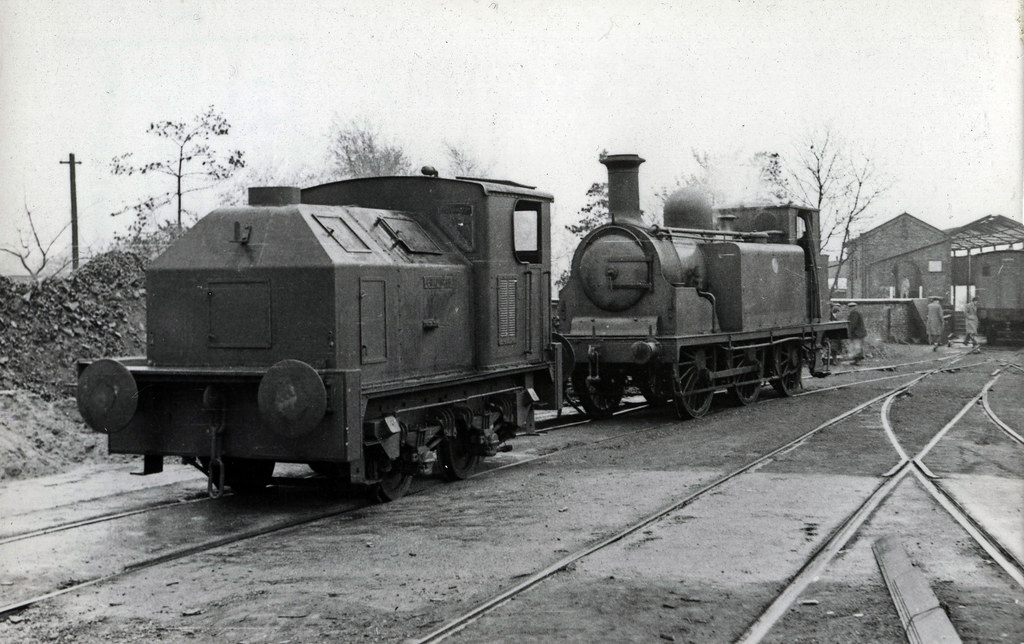AJC
Western Thunderer
In between decorating to boy's bedroom (and plotting the accompanying transit of the modelling bench downstairs!), work continues on the Scammell MU tractor and, barring adding the offside stirrup step, it's ready for paint. The lightweight mudguards favoured by United Dairies were a puzzle and caused a few headaches. Firstly, there's the question of how to make the things - I've used two layers of 20 thou' curved and laminated together with the edges suitably thinned but fixing them put the project on ice for a couple of weeks. There's a reasonably obvious bracket at the front with I managed to fashion from a bit of scrap etch bent (the corner of the fret from some AMBIS coupling hooks) with the tail bent in an 'L' and let into a slot in the chassis. The end over the wheel was bent over just above the front wheel. The combination of that and bracing against the fuel tank on the driver's side was secure enough but on the offside I had to cheat. Here I superglued a bit of 20 thou' onto the tyre and epoxied and finally pinned the mudguard in place. The spacer should be lost in the gloom, I hope!

Other details such as the foglights, side lamps and indicators were knocked up from scraps of plastic. I must remember to use white primer on the cab...

Adam

Other details such as the foglights, side lamps and indicators were knocked up from scraps of plastic. I must remember to use white primer on the cab...

Adam













 I would love a good quality post war 100hp Sentinel in 7mm scale but we don't do wish lists on WT so I have to bite my tongue when you post photos like this.
I would love a good quality post war 100hp Sentinel in 7mm scale but we don't do wish lists on WT so I have to bite my tongue when you post photos like this.  Do you think it is good enough to be scaled up to 7mm? I'd be quite happy with just a set of etchings - the castings I can make myself? I can but ask!
Do you think it is good enough to be scaled up to 7mm? I'd be quite happy with just a set of etchings - the castings I can make myself? I can but ask!




 Whittingham Hospital Railway
Whittingham Hospital Railway




